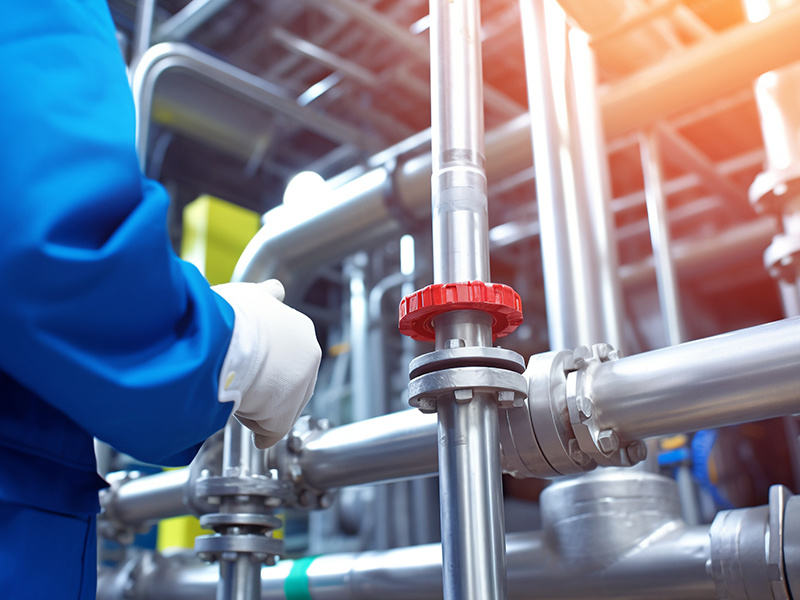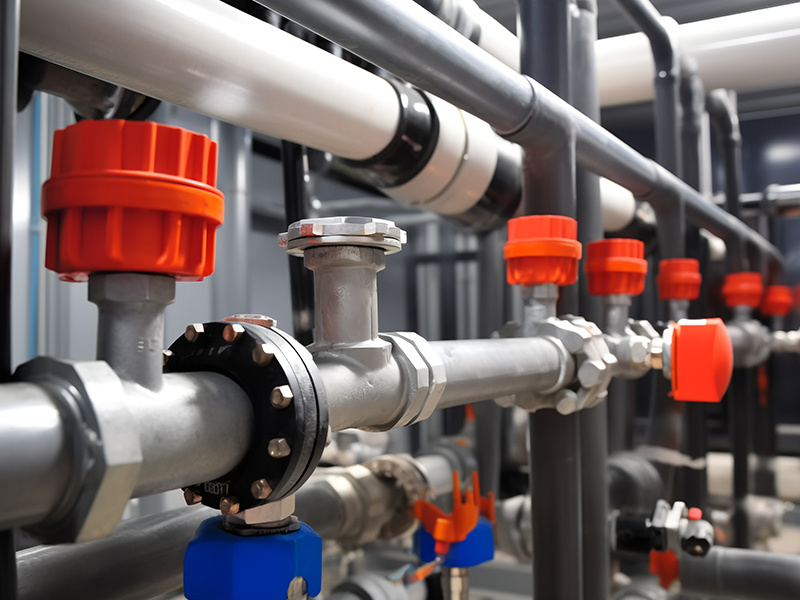The Unsung Hero: Iron Plate to Clamp Butterfly Valve
Release Time:
Jul 20,2025
Explore the crucial role of iron plates in clamping butterfly valves and their applications in various industries.
Understanding Butterfly Valves
Ah, the butterfly valve! It’s one of those unsung heroes in the world of fluid control. But what gives it that name? Well, it’s all about its disc, which resembles a butterfly’s wings when it opens or closes. This nifty little device plays a vital role in regulating flow in pipelines, making it a must-have in industries ranging from water treatment to HVAC systems.
The Role of Iron Plates
Now, let’s talk about the iron plate to clamp butterfly valve. Sounds technical, right? But here’s the scoop: these iron plates are crucial for securing the butterfly valve in place, ensuring a tight seal. Without them, we’d be facing leaks and inefficiencies galore!
Why Use Iron?
You might wonder, “Why iron?” Well, iron is sturdy, resistant to corrosion, and boasts excellent durability. It’s like the tough guy in the materials world, standing up to the pressures of industrial environments. Plus, it’s relatively low-cost compared to other materials, making it a practical choice for many applications.
How It Works
So, how does this all come together? Picture it: the butterfly valve sits snugly in a pipeline, and here comes the iron plate to clamp butterfly valve. It wraps around the valve, securing it against the pipeline walls. This tight fit prevents any unwanted fluid from escaping, ensuring that everything flows smoothly.
Applications Galore
From wastewater management to chemical processing, these clamping mechanisms are everywhere. Whenever you see a butterfly valve, there’s a good chance an iron plate is working behind the scenes, doing its job like a pro. They’re also commonly found in power plants, irrigation systems, and even in some household plumbing setups.
Maintenance Matters
Now, let’s not forget about maintenance! Just like any mechanical component, butterfly valves and their trusty iron plates need a little TLC. Regular inspections can prevent wear and tear, ensuring they function optimally. After all, it’s much easier to maintain these systems than to deal with the headaches of a major leak or failure.
Future Innovations
As technology advances, so do the materials and methods used in creating these valves. Innovations like composite materials are making waves, but let’s not underestimate the iron plate to clamp butterfly valve just yet. Its reliability and strength remain unmatched, and it’s likely to be a staple in the industry for years to come.
Conclusion
In the grand scheme of things, the iron plate to clamp butterfly valve may not steal the spotlight, but it certainly deserves a round of applause! Its role in maintaining efficiency and ensuring the integrity of fluid systems is invaluable. So, the next time you encounter a butterfly valve, remember the iron plate working hard behind the scenes, keeping everything in check.





